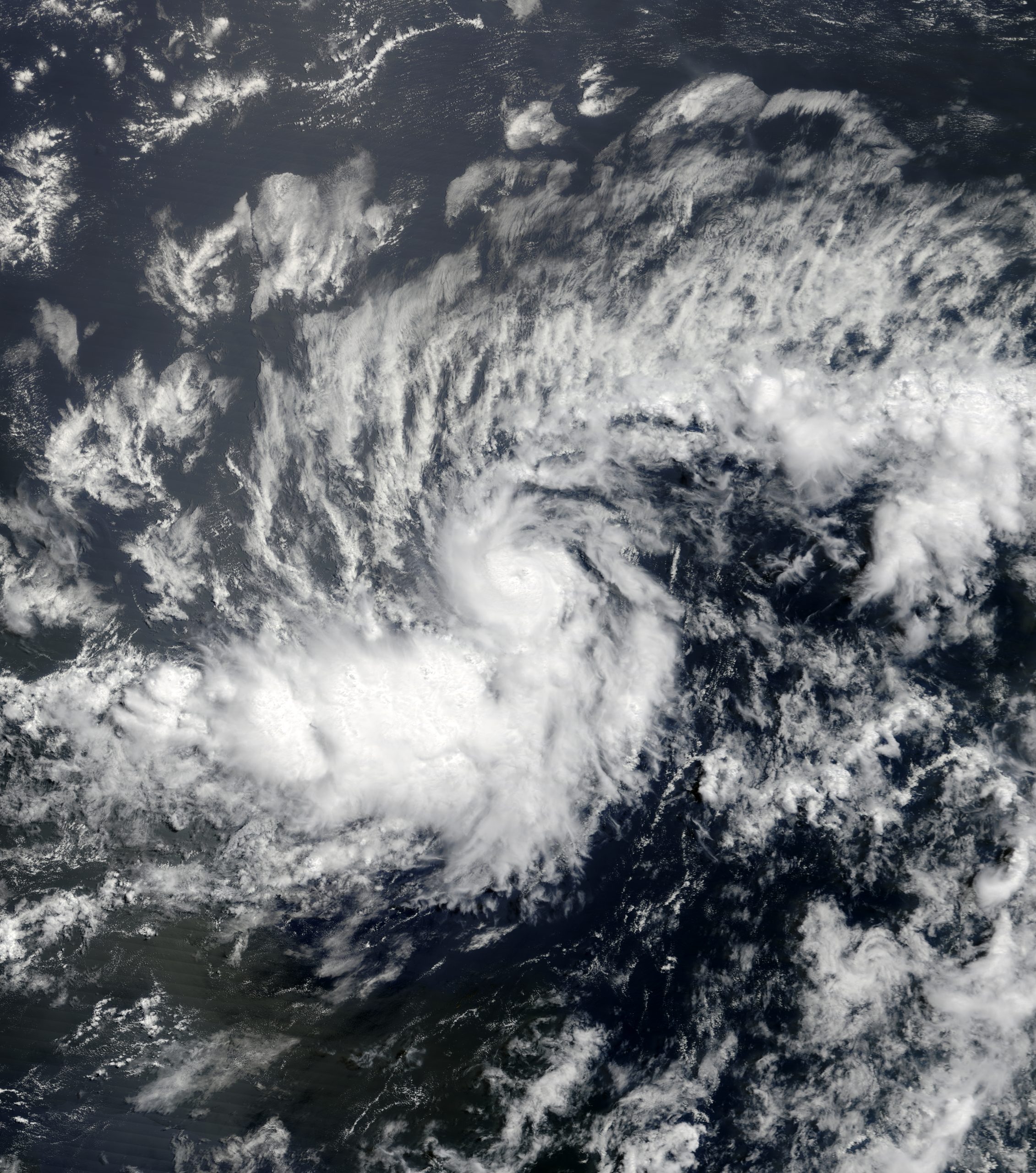Hurricane Beryl, the earliest third-named Atlantic hurricane in the primary development region on record, made a significant impact during the 2018 hurricane season. This fast-moving and long-lived tropical cyclone originated from a robust tropical wave off the west coast of Africa, rapidly intensifying into a tropical depression over the central Atlantic Ocean on July 4. Let’s delve into some fascinating facts about this historic storm and explore its impacts on the affected areas.
Unprecedented Early Formation:Hurricane Beryl’s formation in the primary development region on July 4 marked a notable event in Atlantic hurricane history. The storm’s rapid intensification and its emergence as the first hurricane of the 2018 season surprised meteorologists and captured public attention.
Speedy Development:
Beryl demonstrated remarkable organization and swift development as it traversed the Atlantic. Within a short period, it transformed from a tropical wave into a tropical depression, rapidly strengthening into a hurricane. This swift intensification made it a formidable weather system.
Longevity and Persistence:Despite its relatively small size, Hurricane Beryl showcased remarkable staying power. It maintained hurricane status for several days, defying typical expectations for storms of its size. Its longevity enabled it to impact various regions along its projected path.
Impacts on the Leeward Islands:As Hurricane Beryl advanced towards the Caribbean, it posed a significant threat to the Leeward Islands. The storm’s strong winds, heavy rainfall, and dangerous storm surge adversely affected islands such as Dominica, Guadeloupe, Martinique, and Barbados. These regions experienced power outages, localized flooding, and infrastructure damage.
Lesser Antilles: A Close Encounter:
Continuing its path through the Caribbean, Hurricane Beryl passed in close proximity to the Lesser Antilles. Although the storm’s core remained offshore, it brought gusty winds and increased rainfall to islands like Antigua and Barbuda, St. Kitts and Nevis, and Montserrat. The anticipation and close brush with a hurricane prompted precautionary measures and heightened preparedness in these vulnerable regions.
Weakening and Dissipation:
After its passage near the Lesser Antilles, Hurricane Beryl encountered an environment with less favorable atmospheric conditions. These factors contributed to the storm’s gradual weakening and eventual dissipation before reaching the United States mainland. Although the storm dissipated before making landfall, its impact on the Caribbean highlighted the need for vigilance and preparedness during hurricane season.
Conclusion:Hurricane Beryl made history as the third-earliest named Atlantic hurricane in the primary development region. Its rapid development, longevity, and impact on the Leeward Islands and the Lesser Antilles left a lasting impression. While the storm dissipated before reaching the United States mainland, its existence served as a reminder of the unpredictability of tropical cyclones and the importance of preparedness for all communities in hurricane-prone regions. By studying and understanding storms like Hurricane Beryl, researchers and meteorologists strive to improve hurricane forecasting and response efforts to mitigate future risks and protect vulnerable populations.




Leave a Reply